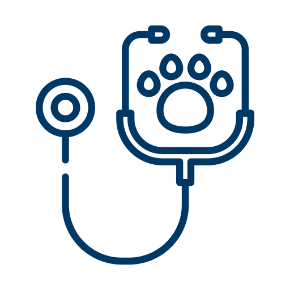Between 30-50% of all cancer cases are preventable. Prevention offers the most cost-effective long-term strategy for the control of cancer. National policies and programmes should be implemented to raise awareness, to reduce exposure to cancer risk factors and to ensure that people are provided with the information and support they need to adopt healthy lifestyles.
Tobacco
Worldwide, tobacco use is the single greatest avoidable risk factor for cancer mortality and kills approximately 6 million people each year, from cancer and other diseases. Tobacco smoke has more than 7000 chemicals, at least 250 are known to be harmful and more than 50 are known to cause cancer.
Tobacco smoking causes many types of cancer, including cancers of the lung, oesophagus, larynx, mouth, throat, kidney, bladder, pancreas, stomach and cervix. Second-hand smoke, also known as environmental tobacco smoke, has been proven to cause lung cancer in non-smoking adults. Smokeless tobacco (eg chewing tobacco) causes oral, oesophageal and pancreatic cancer. Nearly 80% of the 1 billion smokers in the world live in low- and middle-income countries.
Physical inactivity, obesity and being overweight
Dietary modification is another important approach to cancer control. There is a link between overweight and obesity to many types of cancer such as oesophagus, colorectum, breast, endometrium and kidney. Diets high in fruits and vegetables may have an independent protective effect against many cancers. Regular physical activity and the maintenance of a healthy body weight, along with a healthy diet, considerably reduce cancer risk. In addition, healthy eating habits that prevent the development of diet-associated cancers will also lower the risk of other noncommunicable diseases.
Alcohol use
Alcohol use is a risk factor for many cancer types including cancer of the oral cavity, pharynx, larynx, oesophagus, liver, colorectum and breast. Risk of cancer increases with the amount of alcohol consumed. For several types of cancer, heavy drinking of alcohol combined with tobacco use substantially increases the risks of cancer. In 2010, alcohol-attributable cancers were estimated to be responsible for 337,400 deaths worldwide, predominantly among men.
Infections
In 2012, approximately 15% of all cancers were attributable to infectious agents such as helicobacter pylori, human papilloma virus (HPV), hepatitis B and C, and Epstein-Barr virus. The fraction of infection-attributable cancers varied between countries and development status, from less than 5% in Australia, Canada, New Zealand, the United States and select countries in western and northern Europe to more than 50% in some countries in sub-Saharan Africa. Two-thirds of infection-attributable cancers occur in less developed countries. Vaccines are available for hepatitis B virus and some types of HPV and can reduce the risk of liver and cervical cancers, respectively.
Environmental pollution
Pollution of air, water and soil with carcinogenic chemicals contributes to the cancer burden to differing degrees depending on the geographical settings. Outdoor air pollution is classified as carcinogenic, or cancer-causing, for humans. It has been estimated that outdoor air pollution contributed to 3.2 million premature deaths worldwide in 2012 including more than 200,000 lung cancer deaths. Additionally, over 4 million people die prematurely from illness attributable to the household air pollution from cooking with solid fuels, 6% of these deaths are from lung cancer.
Source: World Health Organization







_400.png)
< a href="https://trinityhospitals.co.in/kakinada/orthopedics/">Best orthopedic Hospital in Kakinada</a>
< a href="https://trinityhospitals.co.in/">Best Cancer Hospital in Kakinada</a>
< a href="https://trinityhospitals.co.in/">kakinada cancer hospital</a>